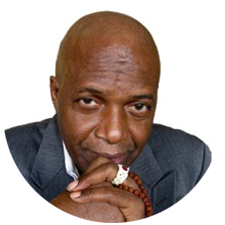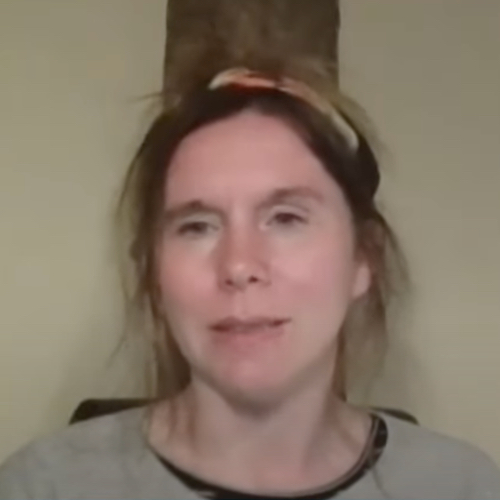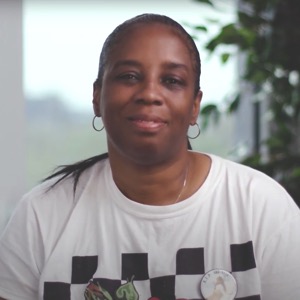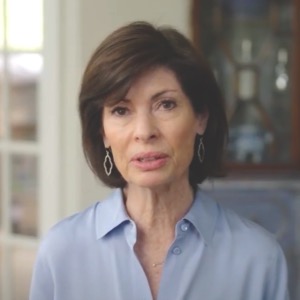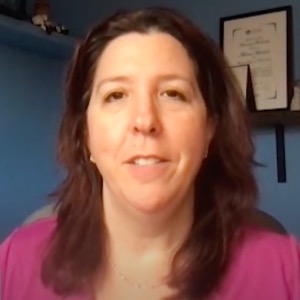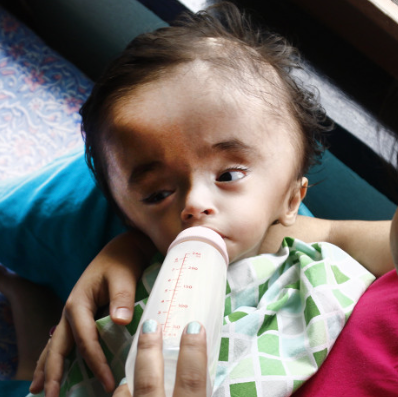Yogiraj Charles Bates died from a hospital acquired venous thromboembolism (HA-VTE), the most common cause of hospital-related death in the United States. He was and continues to be revered for his extraordinary mind and loving nature by people around the world. His contributions as an author, entrepreneur, father, sage, master trainer and an unrelenting advocate for the human spirit will have a positive influence for many generations to come. Yogiraj’s story begins with a fall from his meditation seat. We laughed at this odd occurrence, that is, once we felt assured he was unaffected by the impact. Several weeks later we learned otherwise. The fall was serious. I can still remember the moment the on-call neurosurgeon gave us this news. He swiftly pulled back the ED curtain with his backpack still tightly affixed to his shoulders. Out of breath, from what I imagined was a hurried bike ride, the neurosurgeon expressed his surprise that Yogiraj appeared well. He turned our attention to an image, pointed to Yogiraj’s head and stated, “Your head is half full of blood. In cases such as these, I would typically rush a patient into surgery, but you appear well enough to hold off until morning.” Although, rather in shock by this alarming news, we felt comforted by his confident assurance. The neurosurgeon confidently acknowledged his team handled cases such as Yogiraj’s every day and despite our unfamiliarity with Subdural Hematoma surgery, we remained optimistic it would bear a successful outcome. At first, the operation appeared to go well. Yogiraj emerged from the recovery room as I marveled at his tenacity to regard everything as a learning opportunity. I reported to our community that Yogiraj, although extremely parched due to a long surgery, was musing over the many benefits of liquid. This was a telling sign my husband’s cognitive function was sound. What appeared to be progress and standard recovery quickly shifted to incessant issues and pain. The day following surgery, we expressed our concerns, but were told his symptoms were normal. Our uneasiness continued as Yogiraj was phased from ICU to the hospital’s residential rehabilitation center. Each transfer, eight locations in the span of thirteen days, we would reiterate to each new care team his mounting issues. These symptoms included shortness of breath, chest pain, spells of uncharacteristic anxiety, low pulse oximetry, weakness on the left side, and pain in his lower left leg. Although we attentively made sure each team was familiar with his various symptoms, a diagnosis was never discussed. The hospital staff was kind and also attentive. We assumed they were doing their best. We were particularly grateful for the first physical therapist, who provided us with a strap so that I could walk alongside him. I still smile when I think back and remember my 5’4 frame steadying his 6’2 stature. Side by side, 24/7, 100% of our attention was focused on Yogiraj’s rehabilitation. Everything else remained on pause. He was determined to leave the hospital better than he had arrived. Family and friends would visit and bring food, while people around the world followed his efforts towards recovery. Unfortunately, his positive attitude and continued perseverance weren’t enough to avert the underlying issues. His symptoms had escalated. On Father’s Day, the 12th day following his initial surgery, the first code blue was called. That morning I woke up to my husband in the middle of a tonic clonic seizure. He was rushed from Rehab to the ED, and several hours later admitted to a Cardiac unit. The next morning we would see several physicians come and go. After a couple of tests it was decided, he would either return to Rehab or be discharged and return home. We remained hopeful and took their words to heart. Yet we continued to be hyper-attentive. We knew something was not right. The second and last code blue was called when Yogiraj underwent an ordered EKG test. His son Ananda had just visited for lunch and although Yogiraj still needed oxygen his spirit was light. It always was when he was with family. During the EKG, he suddenly looked over at me with widening eyes and said, “It’s happening again.” I knew exactly what this meant. I cried for help and the formerly silent room instantly shifted into manic chaos. A chaplain arrived at our side before they could even rush Yogiraj to the ICU. I can still remember the initial strike of panic when the clergyman introduced himself to me. Naively, I convinced myself his presence was nothing more than a kind gesture to provide assistance. I proceeded to give him my phone and asked if he would contact our son Evan, who was waiting nearby. I ran alongside Yogiraj as he was rushed to ICU. This is when I first heard the words Pulmonary Embolism. These words, completely foreign to me at the time, were quickly overshadowed by the following eight words. The doctor and overseer of his resuscitation efforts said, “This doesn’t usually go well. He could die.” A mere thirty minutes later, I watched Yogiraj Charles Bates take his last breath. Shock and disbelief pervasively continued to follow for months. The reality of his sudden death hit once I received the autopsy report. It was at that time Pulmonary Embolism (PE) became a term for me. This term, married with my husband’s medical records, became my meticulous (devoted) study for months. It was what prompted my future concerns. My husband’s symptoms had lined up to the most common U.S. preventable hospital death, HA-VTE. With the need for more answers, I contacted friends in the medical field and tried to piece together what delayed his diagnosis until it was too late. I knew that understanding what had gone wrong would not change the circumstances that followed. I would never again wake up to Yogiraj’s beams of love. However, maybe my comprehension and experience had the power and potential to prevent future deaths and could save other families from despair. After analyzing several peer-reviewed studies alongside my husband’s medical records, I contacted the hospital. My first conversation didn’t go well. At the start, I left a message at the patient representative’s office and received a call back from the manager. I said I wanted to know what questions the hospital was asking surrounding my husband’s experience. It felt important to express to the hospital staff member that I was solely seeking understanding, rather than pointing fingers to blame. The response back shocked me. The manager said, “People die in the hospital every day.” I could not hold back my immediate gut response and said, “Not like this, I hope. Not like this.” There was silence, followed by the manager’s agreement to vet for more details and call me back. That promised call never came. Months went by as my interest escalated and research continued. I wrote dozens of draft letters which introduced my desire to simply understand and transcend blame. It had become clear that HA-VTE was a systemic issue and my husband’s experience was happening in hospitals across the nation. Over a year later, I sent a letter and requested two meetings. One meeting with an officer of the hospital and the second with physicians. It gave me peace to finally feel closer to answers once my requested meetings had been set. I offered to send my questions ahead of time in support of any preparation they may need. Our family was eager to learn and share our experience and hoped our approach could benefit others. The first meeting was disheartening. The officer on the phone casually spoke, making attempts to be chatty rather than getting to the root purpose of the call. I am familiar with the cultural notion to start a serious conversation lightly. It’s a technique I’ve used myself. However, my husband had died and I couldn’t help but wonder why the administrator made no effort to set a tone that acknowledged this significance. In that same conversation, I was told the physicians were “busy saving lives,” so our in-person meeting could not include them. I pushed back, but their approach was the only avenue forward. Only administrators would be present. As promised, I sent my questions in the week before the meeting. Several days later, the meeting was canceled. The administrator responded by email and stated my questions had changed the agenda. I was confused by this statement, but my reply accepted the fact that our objectives were not aligned. The hospital hasn’t contacted me since. In my attempts to better understand the hospital perspective, I can imagine the associated challenges to manage the complexities and risks after an adverse event. Yet I cannot help but feel the moment my husband took his final breath as Yogiraj Charles Bates, II, he suddenly turned from being a cared-for patient to a managed risk. For those who knew him, nothing could change who this great man was. Like any another delayed diagnosis death resulting in a hospital-associated death, his deserved a robust investigation – one that included the observations of the family who cared for him alongside the medical team. The real risk for a hospital is not taking time to know the person after an adverse event. If this hospital administration had heard our experience, and that of the dozens of nurses, doctors, and other staff members who cared for him, it may have been more difficult to treat this person like a risk. Yogiraj was a master teacher. In telling his story, my hope is that his life and death will reach and teach as many individuals as possible about HA-VTE, and that his experience will ultimately improve patient safety.
Share Your Story
If you would like to discuss sharing your story through the Patient Safety Movement, please connect with us.
Other Stories
Other patients and their loved ones share stories, fears, and struggles.

